Kennel club: Japan’s Kenya Hara launches Architecture for Dogs
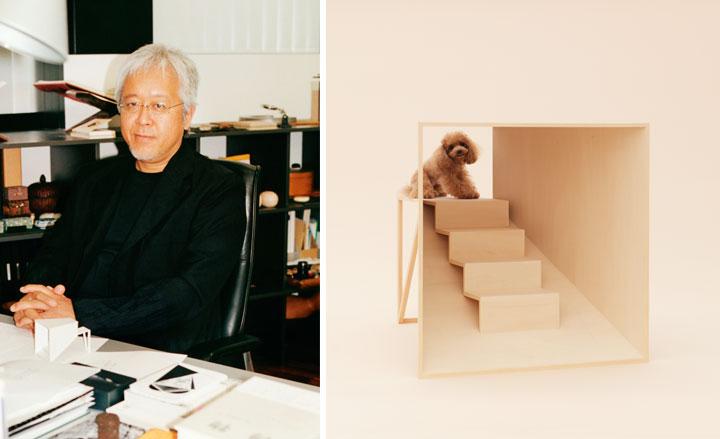
It may be tough to teach old dogs new tricks, but perhaps they can learn to live in new houses. Japanese graphic designer and curator Kenya Hara has made it his mission to find out.
In our last Handmade issue (W*161), we were thinking along similar lines when we commissioned Jarmund/Vigsnæs Arkitekter to design a dog retreat for us, and Hara's new venture, Architecture for Dogs, takes the idea further.
Debuting at Design Miami in early December, in collaboration with a star-studded cast of designers and architects from America, Europe and Japan, this online venture supplies free blueprints for 13 different DIY doghouses, each one earmarked for a particular breed. Hara hopes that pet enthusiasts everywhere will build them and that their photos will go viral and kickstart an online architectural discourse about the designs when the website launches this month.
Hara has been mulling over the idea of designer doghouses for around 15 years, and the project finally caught the attention of American investors at Imprint Venture Lab. Hara knew the pet-related theme would be popular, he said, 'I have the impression that the whole world is interested in babies and dogs.'
Building on the 'man's best friend' bond, he started by matching designers to dogs, choosing only small breeds that like to live inside. Some are random pairings, such as the Dachshund with architects Atelier Bow-Wow and the Toy Poodle with product designer Konstantin Grcic, but others are special requests, like architect Toyo Ito who wanted to build for his own Shiba, and Kengo Kuma who was keen to make a new home for a client's Pug.
Because conversation with their canine clients could be a bit one-sided, Hara provided each designer with a dossier of information covering the physical characteristics, temperament and health concerns of their breed. Human needs were considered in the brief, too, which stipulated that the doghouses should be easy for anyone to assemble with ordinary household tools and materials.
Leading the pack, Hara launched the project by designing two doghouses of his own: a hard, paper cone suspended from the ceiling for a Japanese Terrier and a plywood contraption for a Teacup Poodle.
Intended to improve contact between pooch and person, the poodle's structure consists of a 70cm-high, wedge-shaped, wooden tunnel enclosing a puppy-sized run of stairs. They lead up to a platform at chair height where the dog can recline while gazing adoringly at their owner. 'Putting a dog on the table is not so good,' says Hara. 'Yet the floor is a little too far away.' Located between these two extremes, Hara's proposal may have conceptual merit. But it took lots of Liver Snaps to coax a live Poodle up the stairs.
This reaction is not much of a surprise since the actual dogs did not participate much during the design phase. And when they did, many were more challenging than human clients. Architect Sou Fujimoto's subject, a Boston Terrier rented at a Tokyo dog park, refused to even go inside the prototype. Scrapping that sphere-shaped model, Fujimoto devised an open-frame structure instead, reminiscent of his House NA.
Most designers started by presenting a conceptual sketch to Hara and his staff who then investigated ways to realise the projects. 'Architects are very busy so we tried to provide ideas for materials and construction methods,' explains Hara.
Like a fast-paced game of fetch, ideas moved back and forth between the designers and team Hara. Sometimes it took four or five months to develop a realistic solution - more time than required for many full-fledged buildings. And even then certain proposals, such as Toyo Ito's inflatable, vinyl roof worn on the dog's back, still proved unbuildable.
Others, however, like architect Kazuyo Sejima's home for a Bichon Frise, met with more success. The Pritzker-prize winner had little time to spare, but knew that she wanted to create something fluffy for her assistant's fuzzy white pup. Running with her idea, Hara's group began exploring soft materials and ways to support them.
In due course, all agreed on a curved wooden frame enrobed by a hand-knitted cover. Though it bears little resemblance to the minimalist, glass buildings that have made Sejima famous, her doghouse got a warm reception from its canine resident who crawled inside and took an immediate liking to the soft, protective shell.
The Tokyo architecture firm Torafu also sincerely considered the needs of its Jack Russell Terrier, creating an easy-to-build, simple structure that recycles old clothes. Resembling a hammock, it consists of a wooden frame that supports an old T-shirt, preferably one well worn by the dog's owner. 'The smell of the owner is very, very important for a dog,' says Hara. 'It makes the dog feel safe and want to be here.'
But a pooch's response is only one measure of success. 'Architecture for Dogs is not a pet's project,' explains Hara. 'It is a project for architects.' For that reason, he engaged Yugo Nakamura, one of Japan's leading web designers, to create the interactive, trilingual website where participants can download drawings and view instructional videos, as well as upload photos of their newly built pet palaces, showcasing customisations and material substitutions.
'One idea can create lots of architecture around the world,' says Hara. And potentially turn Architecture for Dogs into a catalyst for architectural invention.
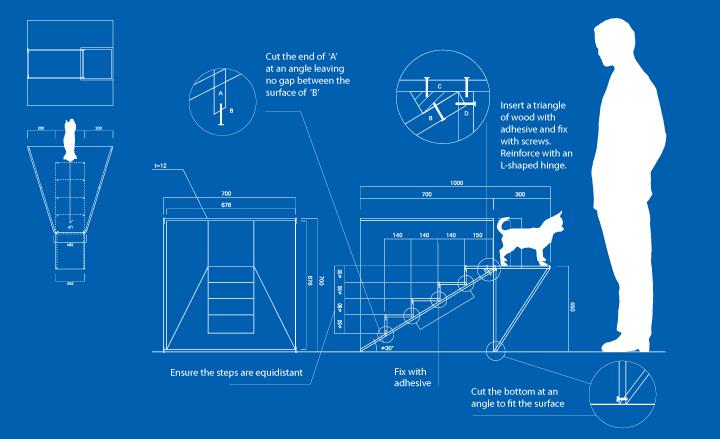
The Architecture for Dogs website, launching on 15 November, will supply free blueprints for 13 different DIY doghouses, each earmarked for a particular breed. Pictured is the blue print for Hara's D-Tunnel
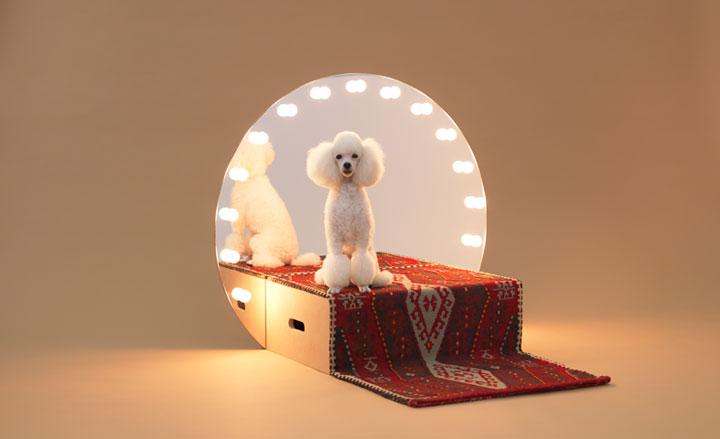
'Paramount' by Konstantin Grcic for a Toy Poodle
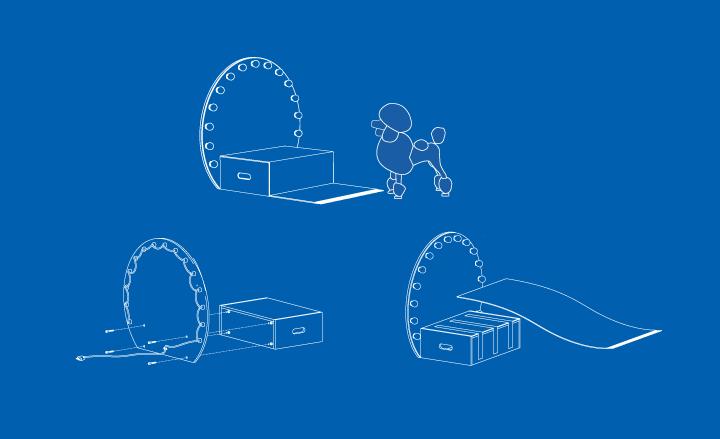
The blueprint for Paramount
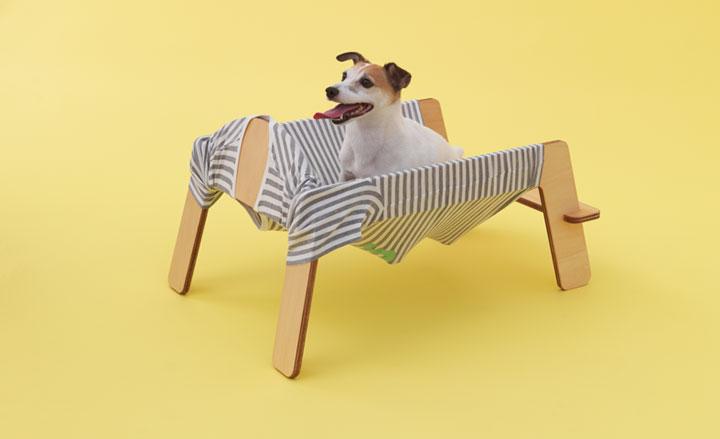
'Wanmock / type A' by Torafu Architects for a Jack Russell Terrier
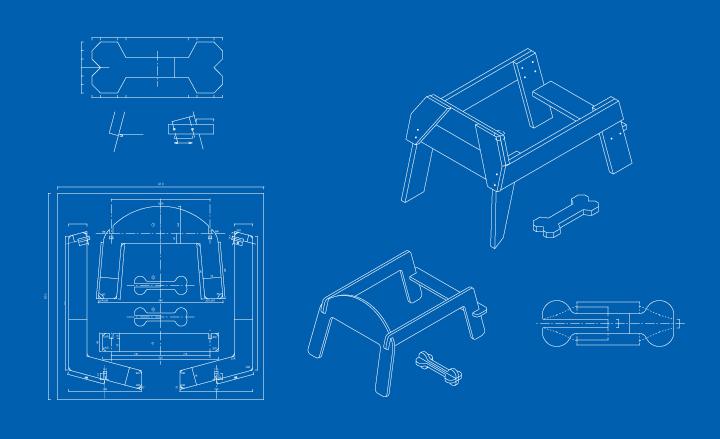
The blueprint for the Wanmock
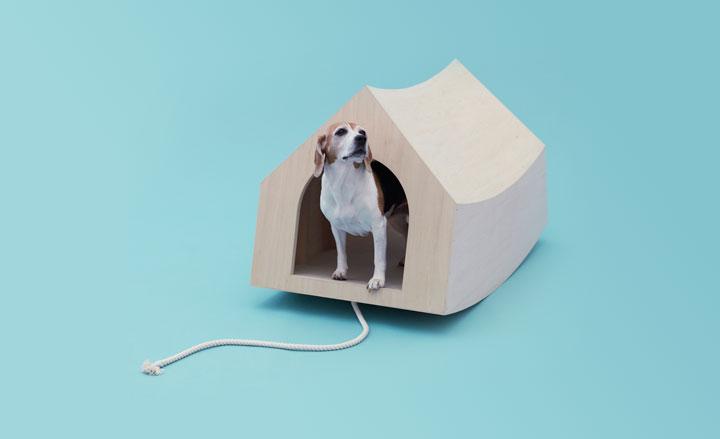
'Beagle House' by MVRDV
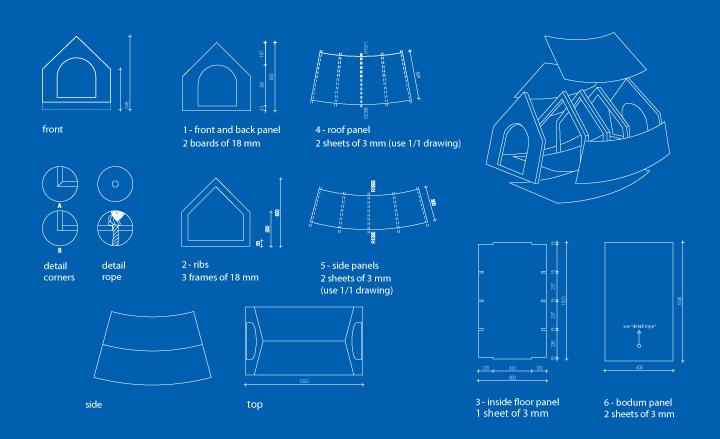
The blueprint for the Beagle House
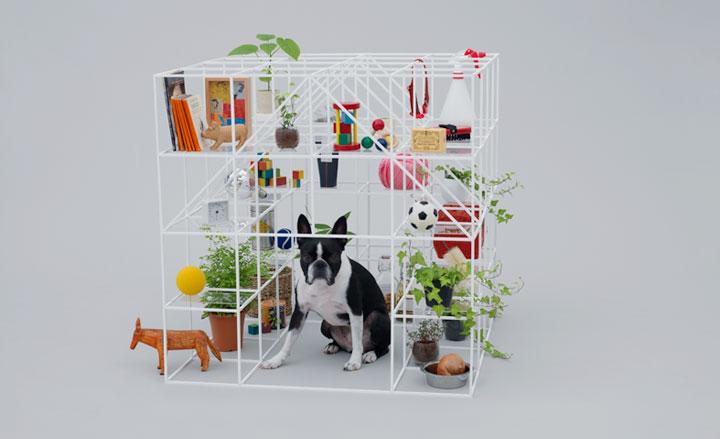
'No dog, no life!' house by Sou Fujimoto for a Boston Terrier
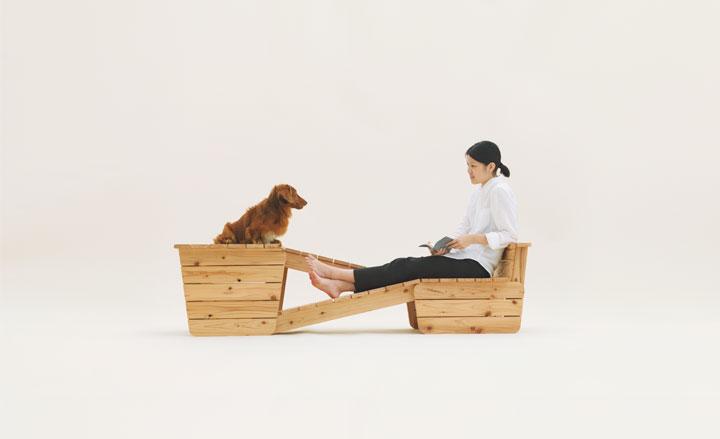
'Architecture for long-bodied-short-legged dog' (ie a Dachshund) by Atelier Bow-Bow
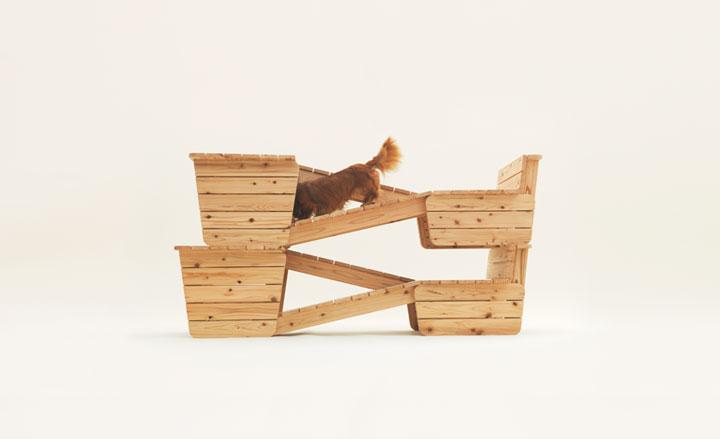
The design can be stacked for added entertainment for the dog
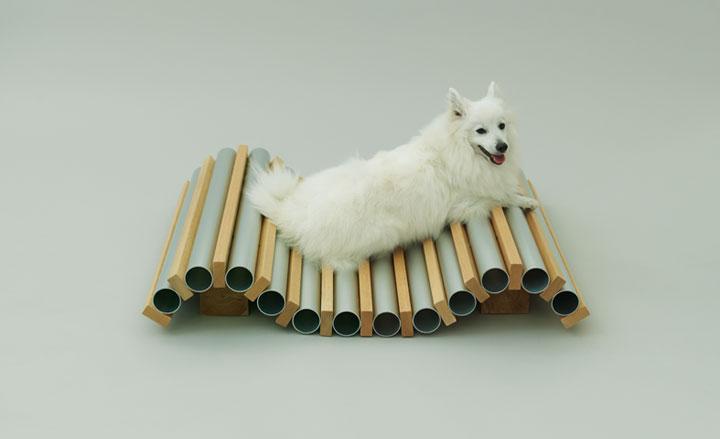
'Dog Cooler' by Hiroshi Naito for a Spitz
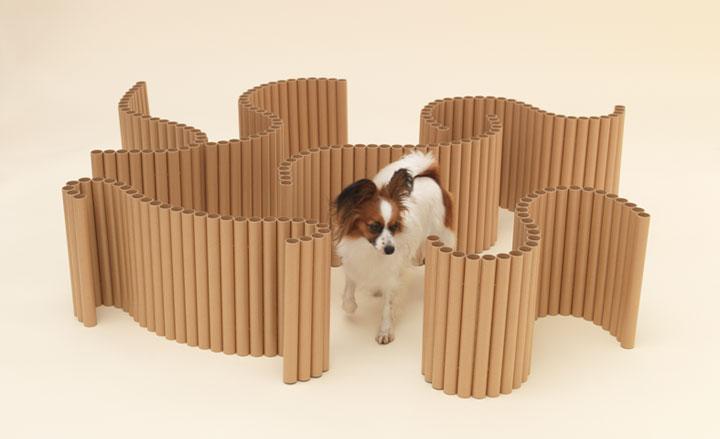
'Papier Papillon' by Shigeru Ban for a Papillon
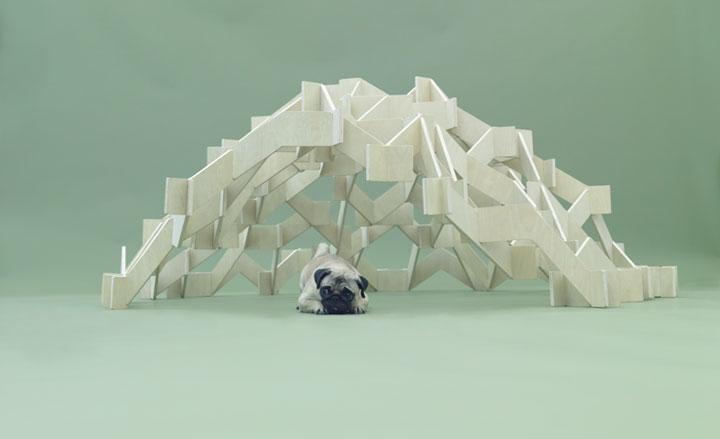
'Mount Pug' by Kengo Kuma
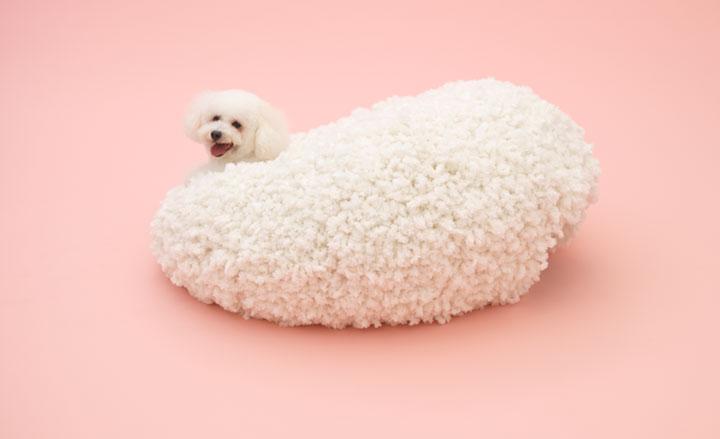
'Architecture for a Bichon Frise' by Kazuyo Sejima, constructed in collaboration with knit designer Keiichi Muramatsu
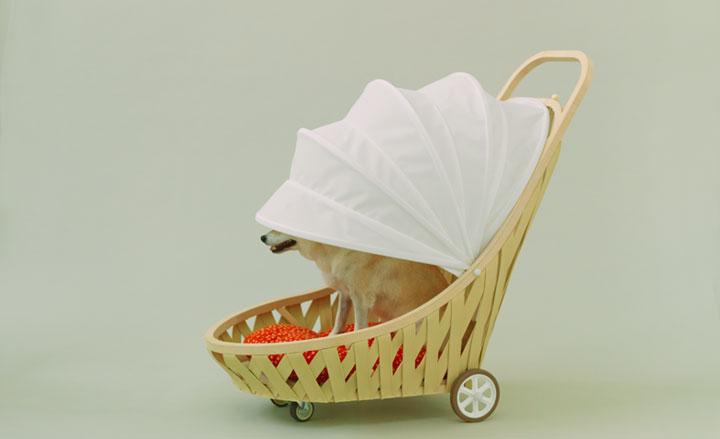
'Mobile Home for Shiba' by Toyo Ito
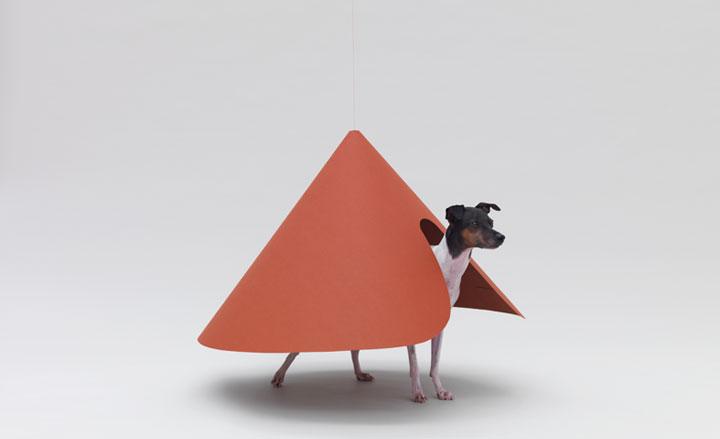
'Pointed T' by NDC/Haruka Misawa for a Japanese Terrier
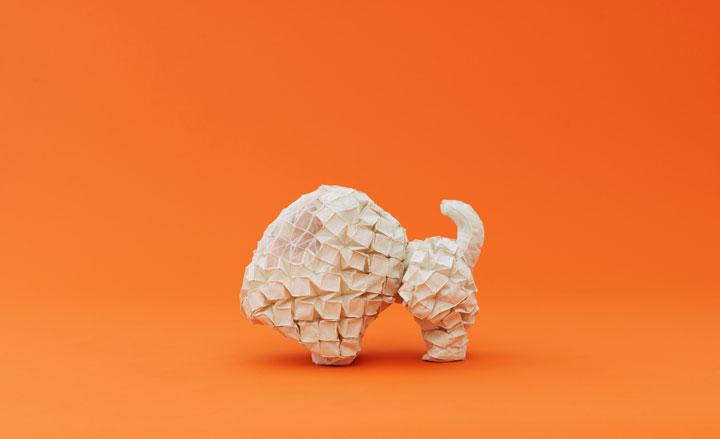
'Chihuahua cloud' by Reiser + Umemoto

'Chihuahua cloud' by Reiser + Umemoto
Wallpaper* Newsletter
Receive our daily digest of inspiration, escapism and design stories from around the world direct to your inbox.
-
 Warp Records announces its first event in over a decade at the Barbican
Warp Records announces its first event in over a decade at the Barbican‘A Warp Happening,' landing 14 June, is guaranteed to be an epic day out
By Tianna Williams
-
 Cure your ‘beauty burnout’ with Kindred Black’s artisanal glassware
Cure your ‘beauty burnout’ with Kindred Black’s artisanal glasswareDoes a cure for ‘beauty burnout’ lie in bespoke design? The founders of Kindred Black think so. Here, they talk Wallpaper* through the brand’s latest made-to-order venture
By India Birgitta Jarvis
-
 The UK AIDS Memorial Quilt will be shown at Tate Modern
The UK AIDS Memorial Quilt will be shown at Tate ModernThe 42-panel quilt, which commemorates those affected by HIV and AIDS, will be displayed in Tate Modern’s Turbine Hall in June 2025
By Anna Solomon
-
 Giant rings! Timber futurism! It’s the Osaka Expo 2025
Giant rings! Timber futurism! It’s the Osaka Expo 2025The Osaka Expo 2025 opens its microcosm of experimental architecture, futuristic innovations and optimistic spirit; welcome to our pick of the global event’s design trends and highlights
By Danielle Demetriou
-
 2025 Expo Osaka: Ireland is having a moment in Japan
2025 Expo Osaka: Ireland is having a moment in JapanAt 2025 Expo Osaka, a new sculpture for the Irish pavilion brings together two nations for a harmonious dialogue between place and time, material and form
By Danielle Demetriou
-
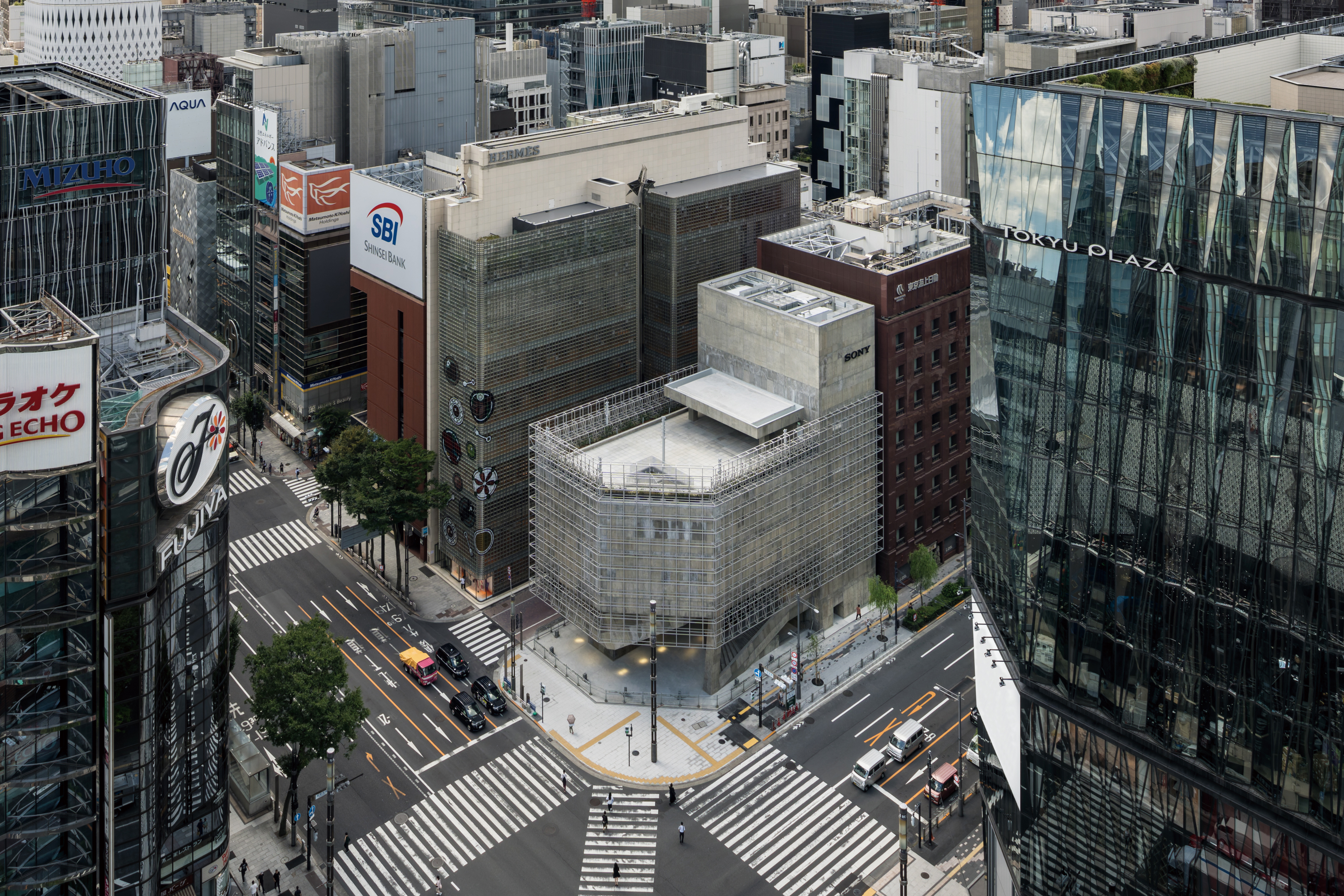 Tour the brutalist Ginza Sony Park, Tokyo's newest urban hub
Tour the brutalist Ginza Sony Park, Tokyo's newest urban hubGinza Sony Park opens in all its brutalist glory, the tech giant’s new building that is designed to embrace the public, offering exhibitions and freely accessible space
By Jens H Jensen
-
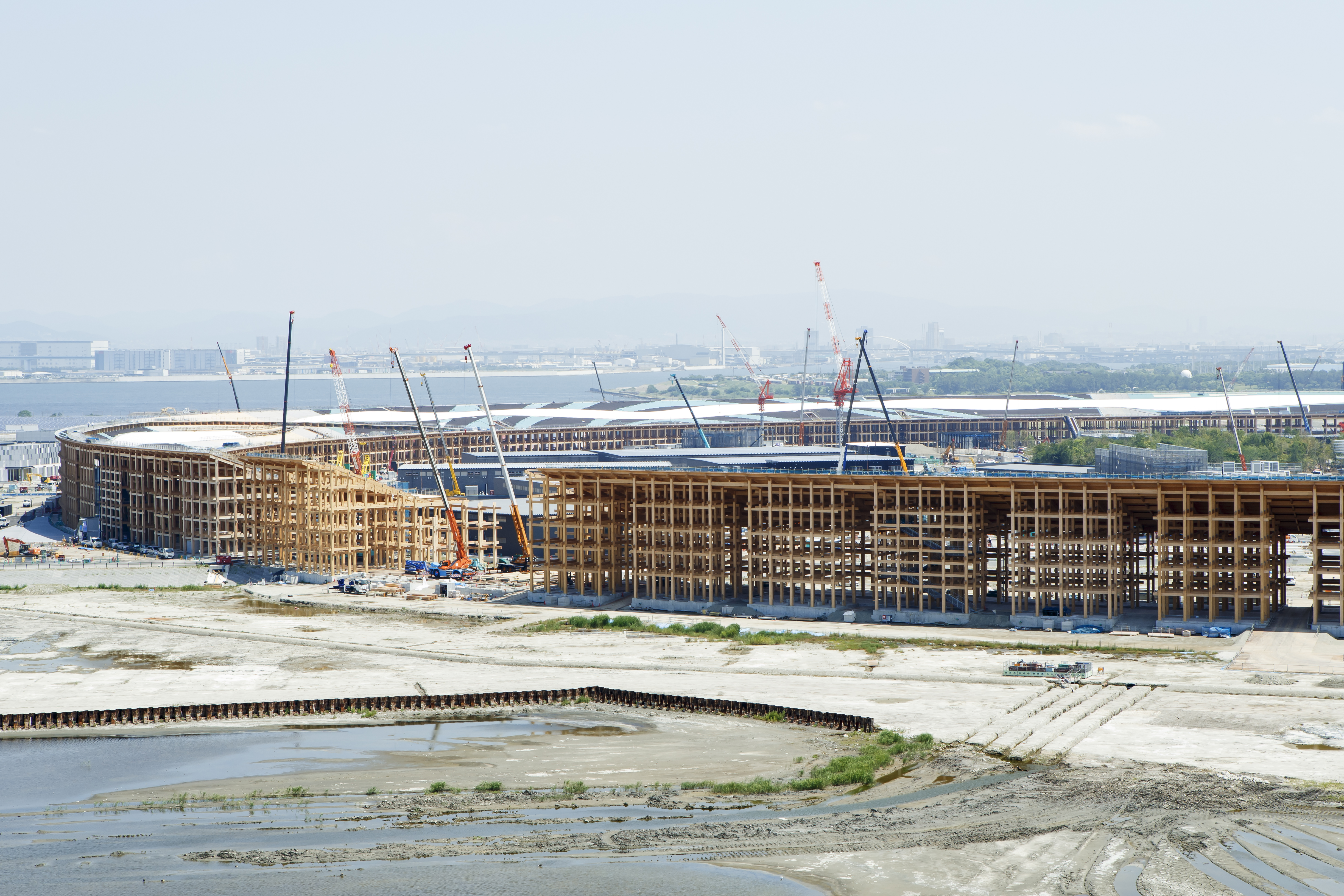 A first look at Expo 2025 Osaka's experimental architecture
A first look at Expo 2025 Osaka's experimental architectureExpo 2025 Osaka prepares to throw open its doors in April; we preview the world festival, its developments and highlights
By Danielle Demetriou
-
 Ten contemporary homes that are pushing the boundaries of architecture
Ten contemporary homes that are pushing the boundaries of architectureA new book detailing 59 visually intriguing and technologically impressive contemporary houses shines a light on how architecture is evolving
By Anna Solomon
-
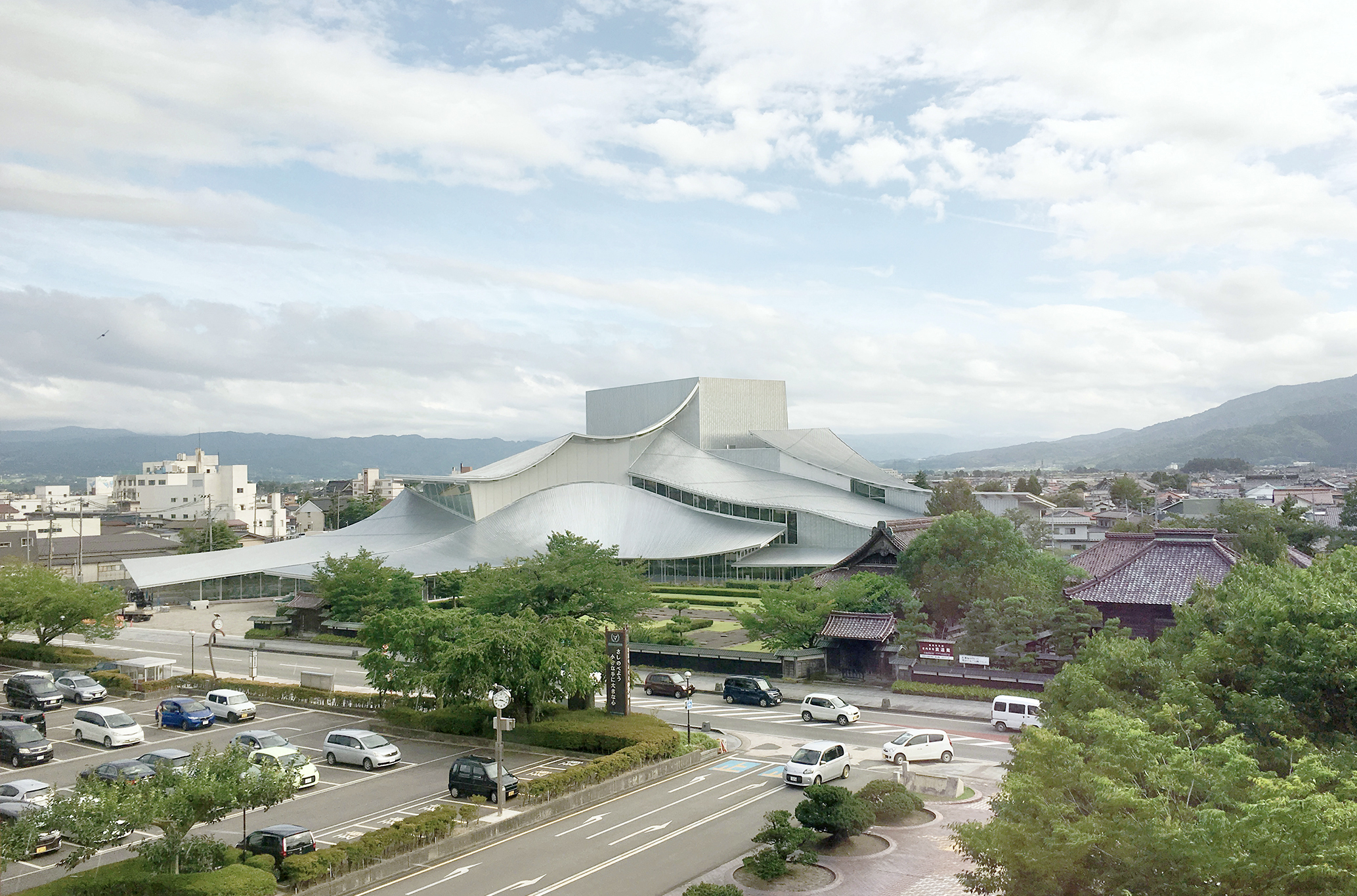 And the RIBA Royal Gold Medal 2025 goes to... SANAA!
And the RIBA Royal Gold Medal 2025 goes to... SANAA!The RIBA Royal Gold Medal 2025 winner is announced – Japanese studio SANAA scoops the prestigious architecture industry accolade
By Ellie Stathaki
-
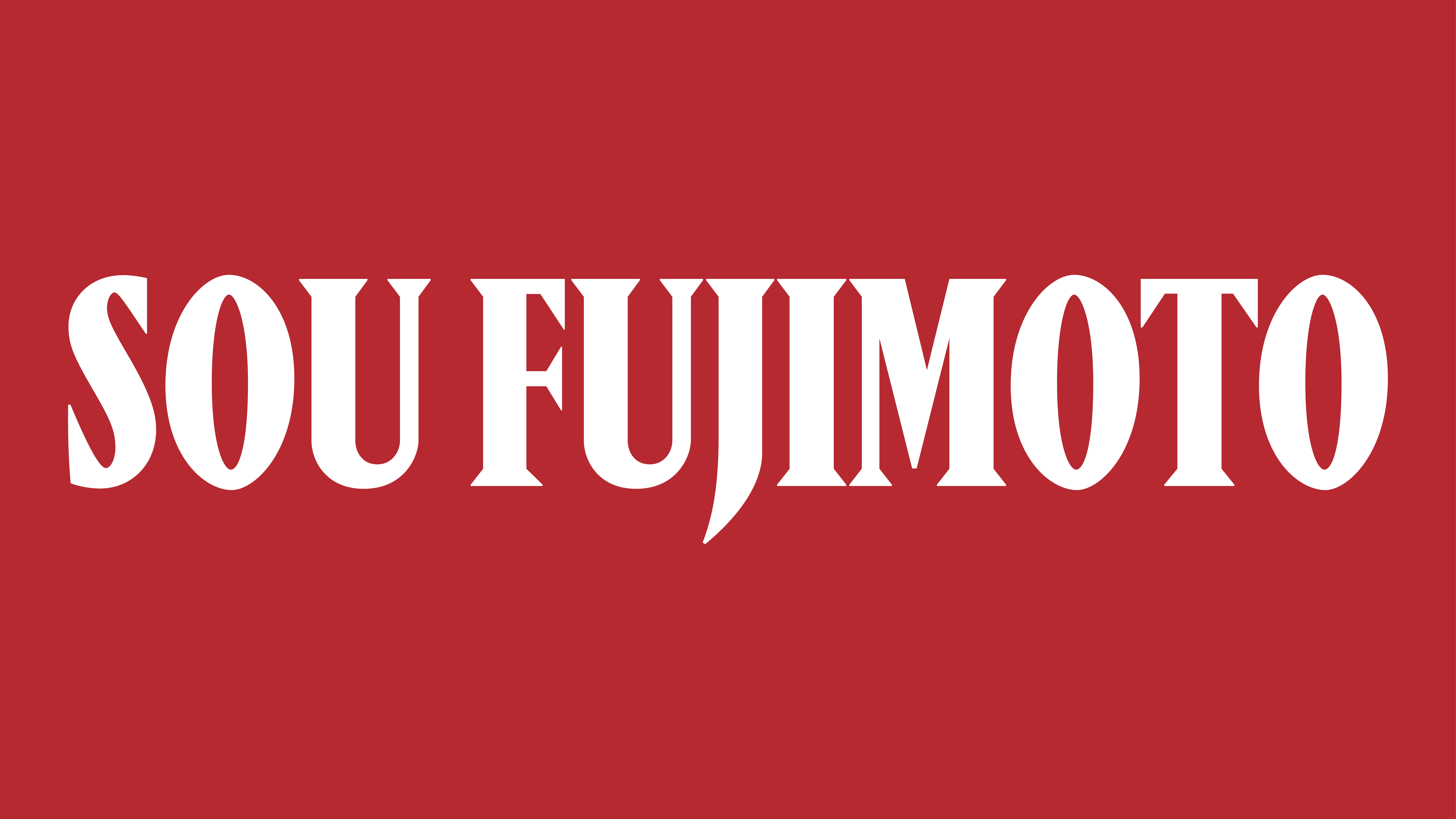 Architect Sou Fujimoto explains how the ‘idea of the forest’ is central to everything
Architect Sou Fujimoto explains how the ‘idea of the forest’ is central to everythingSou Fujimoto has been masterminding the upcoming Expo 2025 Osaka for the past five years, as the site’s design producer. To mark the 2025 Wallpaper* Design Awards, the Japanese architect talks to us about 2024, the year ahead, and materiality, nature, diversity and technological advances
By Sou Fujimoto
-
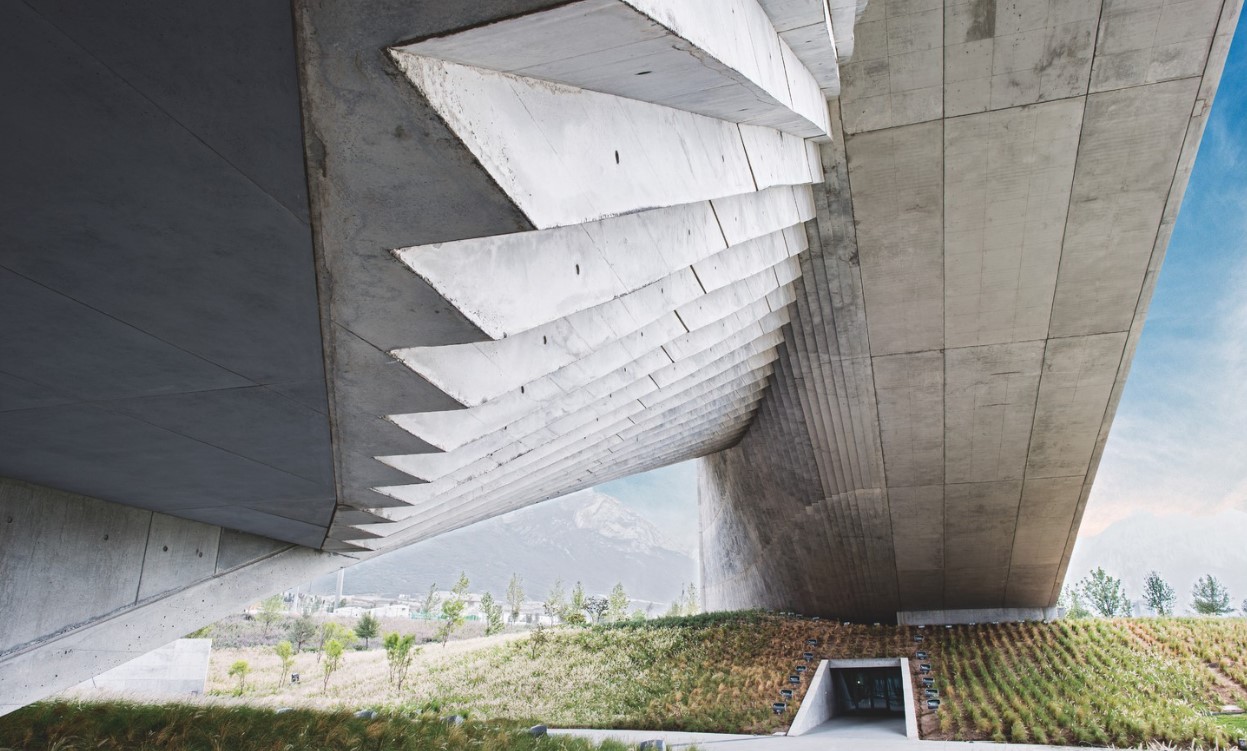 Tadao Ando: the self-taught contemporary architecture master who 'converts feelings into physical form’
Tadao Ando: the self-taught contemporary architecture master who 'converts feelings into physical form’Tadao Ando is a self-taught architect who rose to become one of contemporary architecture's biggest stars. Here, we explore the Japanese master's origins, journey and finest works
By Edwin Heathcote